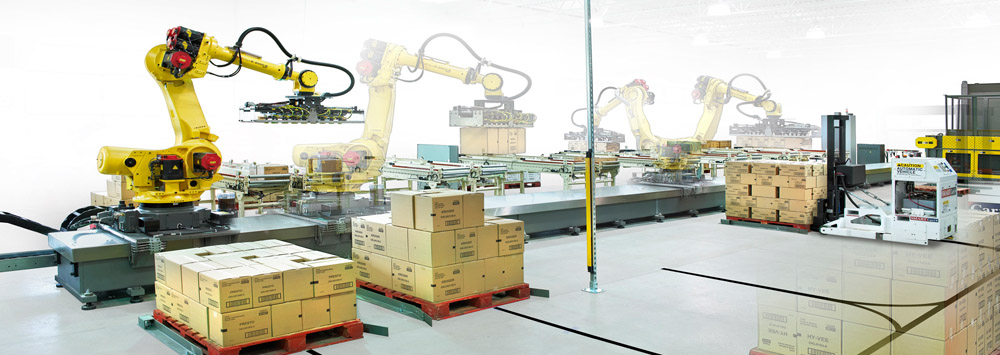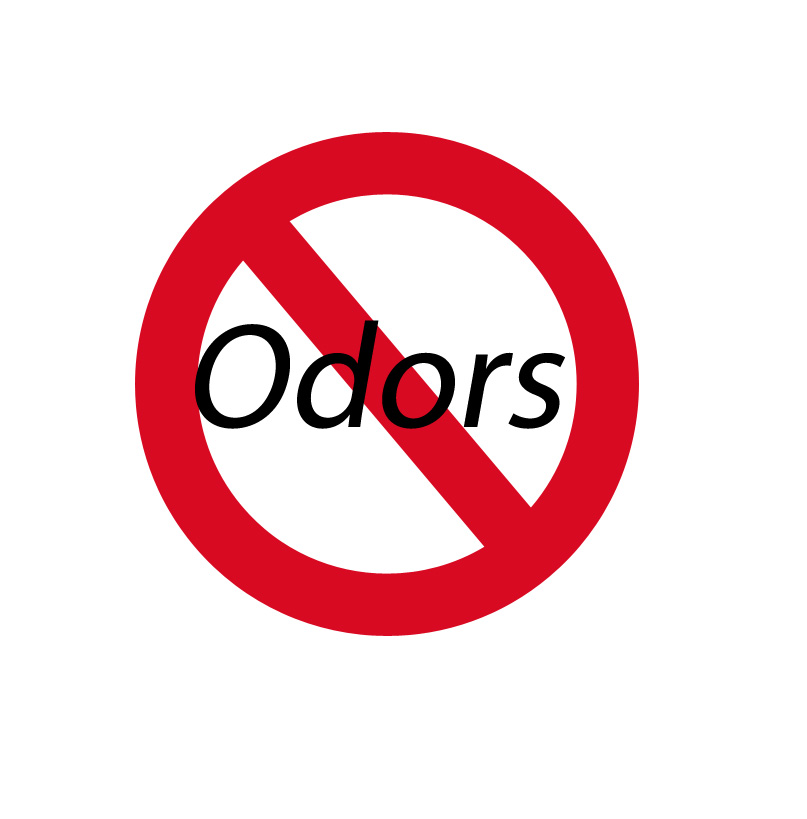What Food Processors Should Know About 2 New FSMA Final Rules
The FDA recently released new final Food Safety Modernization Act (FSMA) rules. These rules are the result of amendments made to the original proposals, based on comments and criticisms in public forums. Below are important details of two rules. You can find a full explanation of each new rule here.
Continue Reading “What Food Processors Should Know About 2 New FSMA Final Rules”










